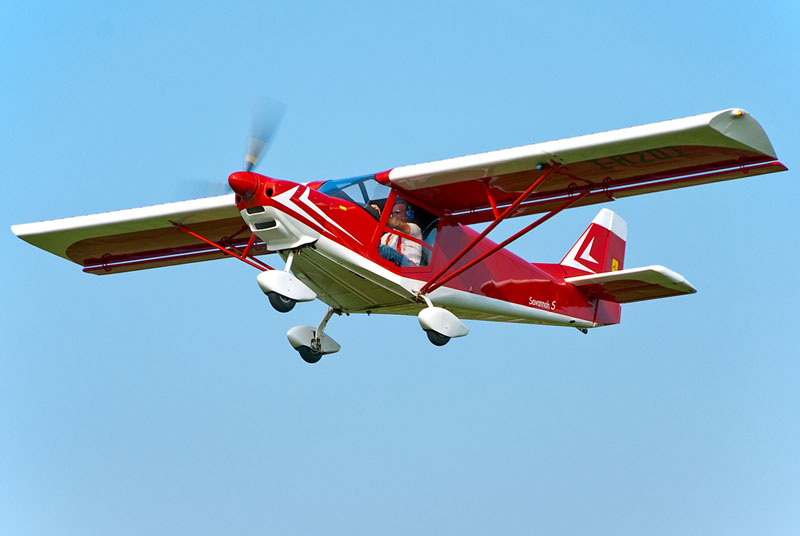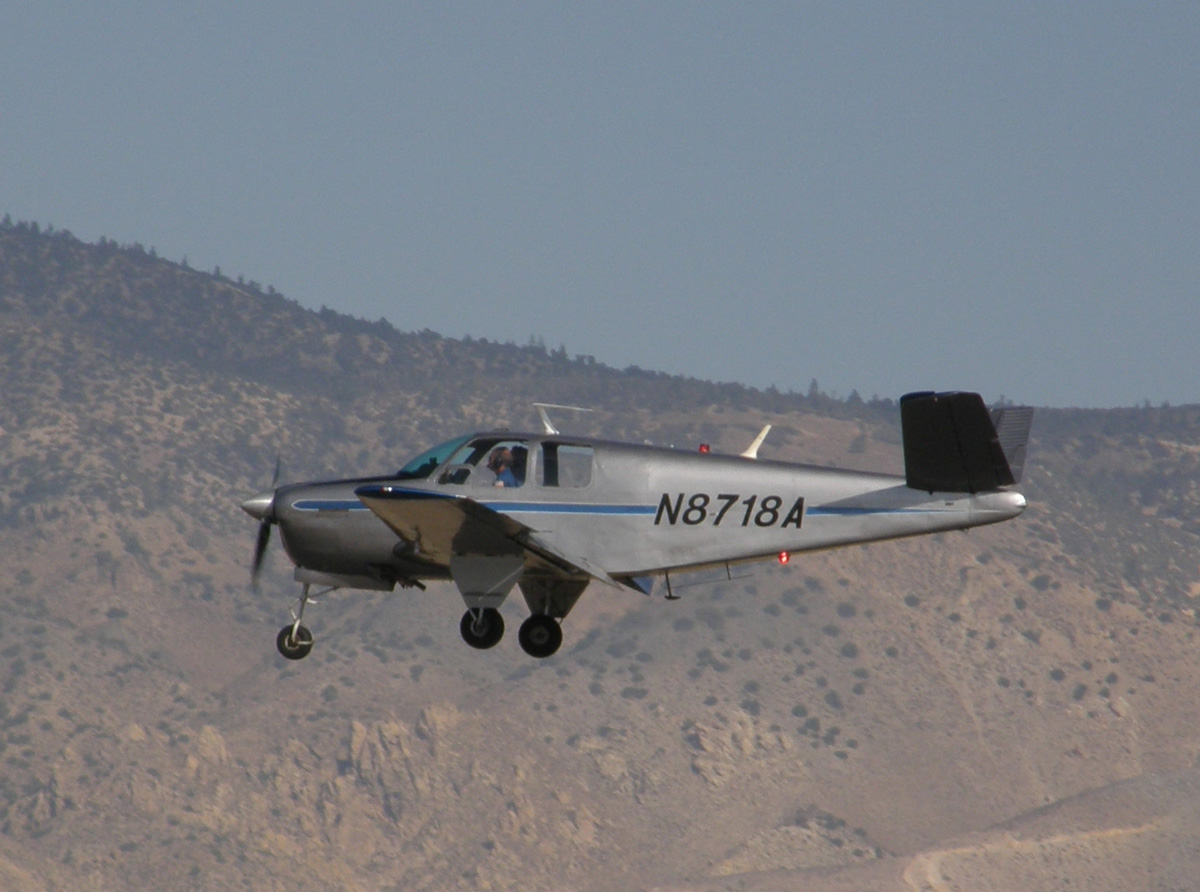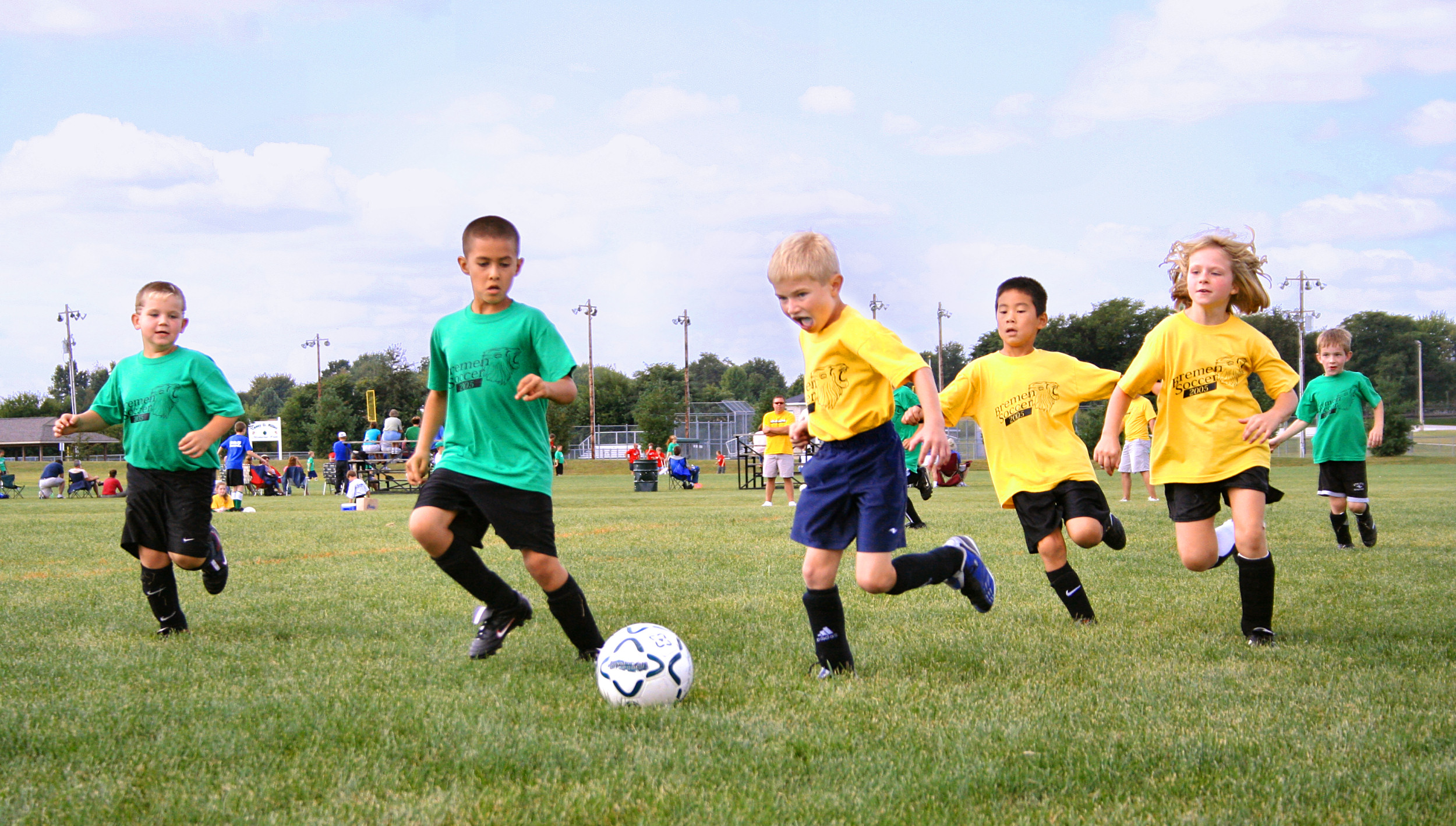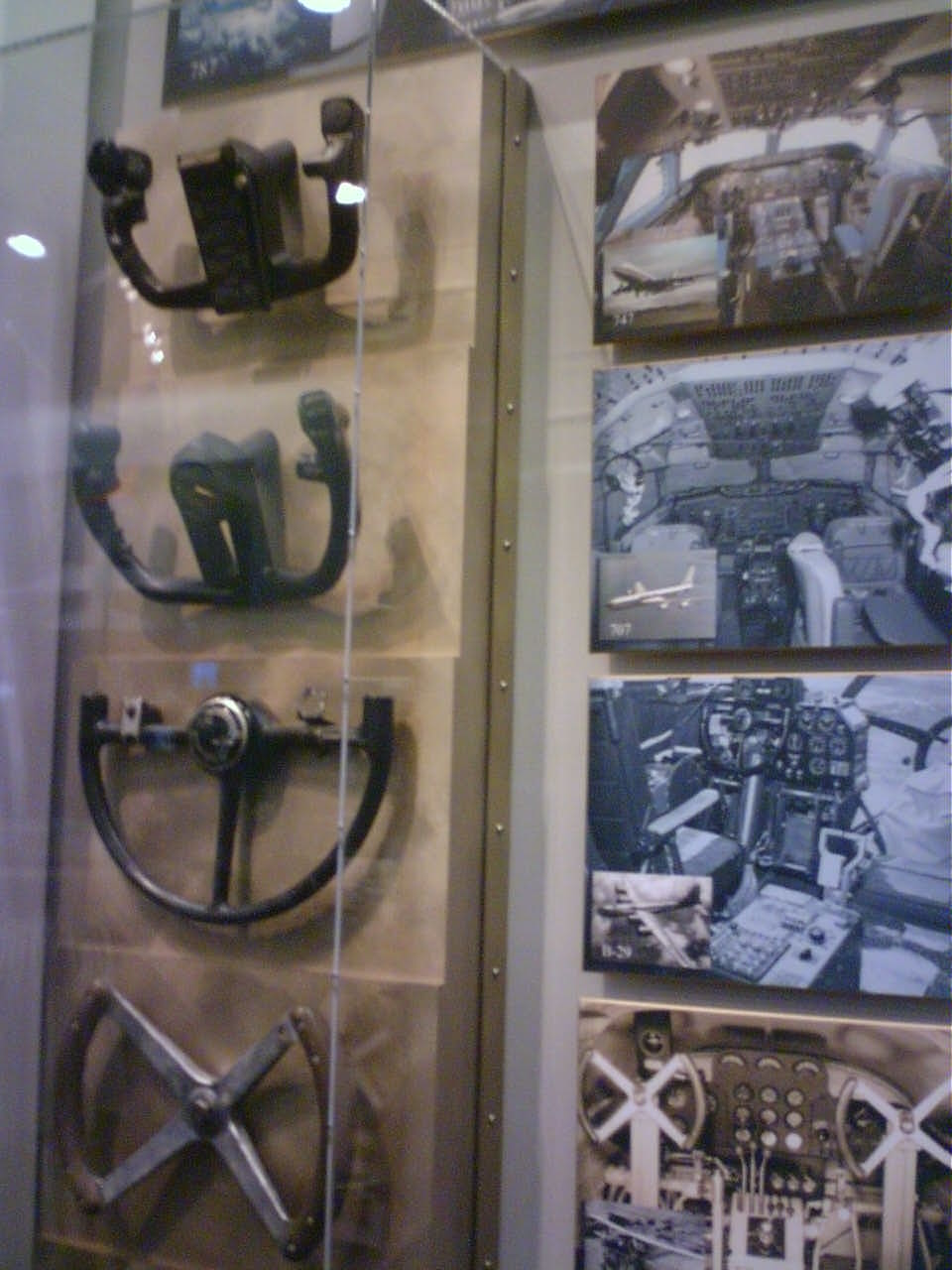|
Aircraft Flight Control System
A conventional Fixed-wing aircraft, fixed-wing aircraft flight control system (AFCS) consists of flight control surfaces, the respective cockpit controls, connecting linkages, and the necessary operating mechanisms to control an aircraft's direction in flight. Aircraft engine controls are also considered flight controls as they change speed. The fundamentals of aircraft controls are explained in flight dynamics (fixed-wing aircraft), flight dynamics. This article centers on the operating mechanisms of the flight controls. The basic system in use on aircraft first appeared in a readily recognizable form as early as April 1908, on Louis Blériot's Blériot VIII pioneer-era monoplane design. Cockpit controls Primary controls Generally, the primary cockpit flight controls are arranged as follows:Langewiesche, WolfgangStick and Rudder: An Explanation of the Art of Flying McGraw-Hill Professional, 1990, , . * A Yoke (aircraft), control yoke (also known as a control column), cen ... [...More Info...] [...Related Items...] OR: [Wikipedia] [Google] [Baidu] [Amazon] |
Rudder
A rudder is a primary control surface used to steer a ship, boat, submarine, hovercraft, airship, or other vehicle that moves through a fluid medium (usually air or water). On an airplane, the rudder is used primarily to counter adverse yaw and p-factor and is not the primary control used to turn the airplane. A rudder operates by redirecting the fluid past the hull or fuselage, thus imparting a turning or yawing motion to the craft. In basic form, a rudder is a flat plane or sheet of material attached with hinges to the craft's stern, tail, or afterend. Often rudders are shaped to minimize hydrodynamic or aerodynamic drag. On simple watercraft, a tiller—essentially, a stick or pole acting as a lever arm—may be attached to the top of the rudder to allow it to be turned by a helmsman. In larger vessels, cables, pushrods, or hydraulics may link rudders to steering wheels. In typical aircraft, the rudder is operated by pedals via mechanical linkages or hydraulics. H ... [...More Info...] [...Related Items...] OR: [Wikipedia] [Google] [Baidu] [Amazon] |
Flight Control Surfaces
Flight control surfaces are aerodynamic devices allowing a pilot to adjust and control the aircraft's flight attitude. The primary function of these is to control the aircraft's movement along the three axes of rotation. Flight control surfaces are generally operated by dedicated aircraft flight control systems. Development of an effective set of flight control surfaces was a critical advance in the history of development of aircraft. Early efforts at fixed-wing aircraft design succeeded in generating sufficient lift to get the aircraft off the ground, however with limited control. The development of effective flight controls allowed stable flight. A conventional fixed-wing aircraft uses three primary flight control surfaces– aileron, rudder and elevator to control the roll, yaw, and pitch respectively. Secondary flight control surfaces might include spoiler, flaps, and slats on the wings. The main control surfaces of a fixed-wing aircraft are attached to the airfram ... [...More Info...] [...Related Items...] OR: [Wikipedia] [Google] [Baidu] [Amazon] |
Stick And Rudder
''Stick and Rudder: An Explanation of the Art of Flying'' () is a book written in 1944 by Wolfgang Langewiesche, describing how airplanes fly and how they should be flown by pilots. It has become a standard reference text for aviators. Written well before the proliferation of cockpit electronics, navigational aids, and air traffic control radio, the book focuses primarily on fundamental skills specific to flying the aircraft in its stripped-down basic form. References Handbooks and manuals Flight training 1944 non-fiction books Aviation books {{aviation-book-stub ... [...More Info...] [...Related Items...] OR: [Wikipedia] [Google] [Baidu] [Amazon] |
Ab Initio
( ) is a Latin term meaning "from the beginning" and is derived from the Latin ("from") + , ablative singular of ("beginning"). Etymology , from Latin, literally "from the beginning", from ablative case of "entrance", "beginning", related to verb "to go into", "enter upon", "begin". Uses ''Ab initio'' (abbreviation: ''ab init.'') is used in several contexts, including the following: Law In law, ''ab initio'' refers to something being the case from the start or from the instant of the act rather than from when the court declared it so. For instance, the term "void ''ab initio''" means "to be treated as invalid from the outset." E.g., in many jurisdictions, if a person signs a contract under duress, that contract is treated as being "void ''ab initio''". Typically, documents or acts which are void ''ab initio'' cannot be fixed and if a jurisdiction, a document, or an act is so declared at law to be void ''ab initio'', the parties are returned to their respective positions ... [...More Info...] [...Related Items...] OR: [Wikipedia] [Google] [Baidu] [Amazon] |
Blériot XI
The Blériot XI is a French aircraft from the Aviation in the pioneer era, pioneer era of aviation. The first example was used by Louis Blériot to make the first flight across the English Channel in a heavier-than-air aircraft, on 25 July 1909. This is one of the most famous accomplishments of the pioneer era of aviation, and not only won Blériot a lasting place in history but also assured the future of his aircraft manufacturing business. The event caused a major reappraisal of the importance of aviation; the English newspaper ''The Daily Express'' led its story of the flight with the headline "Britain is no longer an Island." The aircraft was produced in both single- and two-seat versions, powered by several different engines, and was widely used for competition and training purposes. Military versions were bought by many countries, continuing in service until after the outbreak of World War I in 1914. Two restored examples – one in the United Kingdom and one in the United ... [...More Info...] [...Related Items...] OR: [Wikipedia] [Google] [Baidu] [Amazon] |
Robert Esnault-Pelterie
Robert Albert Charles Esnault-Pelterie (8 November 1881 – 6 December 1957) was a French aircraft designer and spaceflight theorist. He is referred to as being one of the founders of modern rocketry and astronautics, along with the Russian Konstantin Tsiolkovsky, the Germans Hermann Oberth, Wernher von Braun and the American Robert H. Goddard. Biography He was born on 8 November 1881 in Paris to a textile industrialist. He was educated at the ''Faculté des Sciences'', studying engineering at the University of Paris, Sorbonne. He served in World War I and was made an ''Officier de la Légion d'Honneur''. In November 1928, on board the ''SS Ile de France, Ile de France'' while sailing to New York City, he was married to Carmen Bernaldo de Quirós, the daughter of Don Antonio and Yvonne Cabarrus, and granddaughter of General Marquis of Santiago, Grandee of Spain, Head of the Military Household of Queen Isabella II of Spain, Isabella II. He died on 6 December 1957 in Nice, ... [...More Info...] [...Related Items...] OR: [Wikipedia] [Google] [Baidu] [Amazon] |
Elevon
Elevons or tailerons are aircraft control surfaces that combine the functions of the elevator (used for pitch control) and the aileron (used for roll control), hence the name. They are frequently used on tailless aircraft such as flying wings. An elevon that is not part of the main wing, but instead is a separate tail surface, is a stabilator (but stabilators are also used for pitch control only, with no roll function, as on the Piper Cherokee series of aircraft). Elevons are installed on each side of the aircraft at the trailing edge of the wing. When moved in the same direction (up or down) they will cause a pitching force (nose up or nose down) to be applied to the airframe. When moved differentially, (one up, one down) they will cause a rolling force to be applied. These forces may be applied simultaneously by appropriate positioning of the elevons e.g. one wing's elevons completely down and the other wing's elevons partly down. An aircraft with elevons is controlle ... [...More Info...] [...Related Items...] OR: [Wikipedia] [Google] [Baidu] [Amazon] |
Flaperon
A flaperon (a portmanteau of '' flap'' and ''aileron'') on an aircraft's wing is a type of control surface that combines the functions of both flaps and ailerons. Some smaller kitplanes have flaperons for reasons of simplicity of manufacture, while some large commercial aircraft such as the Boeing 747, 767, 777, and 787 may have a flaperon between the flaps and aileron. The 787 has a configuration known as a SpoileFlaperon that combines the action of spoilers, flaps and ailerons into one control surface. Operation In addition to controlling the roll or bank of an aircraft, as do conventional ailerons, both flaperons can be lowered together to reduce stall speed, similarly to a set of flaps. On a plane with flaperons, the pilot still has the standard separate controls for ailerons and flaps, but the flap control also varies the flaperon's range of movement. A mechanical device called a "mixer" is used to combine the pilot's input into the flaperons. While the use of fla ... [...More Info...] [...Related Items...] OR: [Wikipedia] [Google] [Baidu] [Amazon] |
V-tail
The V-tail or ''vee-tail'' (sometimes called a butterfly tail or Rudlicki's V-tailGudmundsson S. (2013). "General Aviation Aircraft Design: Applied Methods and Procedures" (Reprint). Butterworth-Heinemann. p. 489. , 9780123973290) of an aircraft is an unconventional arrangement of the tail control surfaces that replaces the traditional vertical and horizontal surfaces with two surfaces set in a V-shaped configuration. It is not widely used in aircraft design. The aft edge of each twin surface is a hinged control surface called a ruddervator, which combines the functions of both a Rudder#Aircraft rudders, rudder and Elevator (aeronautics), elevator. History The V-tail was invented in 1930 by Polish engineer Jerzy Rudlicki and was tested for the first time on a Hanriot HD.28 trainer, modified by Poland, Polish aerospace manufacturer Plage i Laśkiewicz, Plage and Laśkiewicz in the summer of 1931. Variants The X-shaped tail surfaces of the experimental Lockheed XFV were essential ... [...More Info...] [...Related Items...] OR: [Wikipedia] [Google] [Baidu] [Amazon] |
Sports Aviation - Issy-les-Moulineaux (10 Septembre) - Le Blériot VIII … (7843390842)
Sport is a physical activity or game, often competitive and organized, that maintains or improves physical ability and skills. Sport may provide enjoyment to participants and entertainment to spectators. The number of participants in a particular sport can vary from hundreds of people to a single individual. Sport competitions may use a team or single person format, and may be open, allowing a broad range of participants, or closed, restricting participation to specific groups or those invited. Competitions may allow a "tie" or "draw", in which there is no single winner; others provide tie-breaking methods to ensure there is only one winner. They also may be arranged in a tournament format, producing a champion. Many sports leagues make an annual champion by arranging games in a regular sports season, followed in some cases by playoffs. Sport is generally recognised as system of activities based in physical athleticism or physical dexterity, with major competitions adm ... [...More Info...] [...Related Items...] OR: [Wikipedia] [Google] [Baidu] [Amazon] |
Yoke (aeronautics)
A yoke, alternatively known as a control wheel or a control column, is a device used for piloting some fixed-wing aircraft.Crane, Dale: ''Dictionary of Aeronautical Terms, third edition'', page 563. Aviation Supplies & Academics, 1997. . The pilot uses the yoke to control the attitude of the plane, usually in both pitch and roll. Rotating the control wheel controls the ailerons and the roll axis. Fore and aft movement of the control column controls the elevator and the pitch axis. When the yoke is pulled back, the nose of the aircraft rises. When the yoke is pushed forward, the nose is lowered. When the yoke is turned left, the plane rolls to the left, and when it is turned to the right, the plane rolls to the right. Small to medium-size aircraft, usually limited to propeller-driven, feature a mechanical system whereby the yoke is connected directly to the control surfaces with cables and rods. Human muscle power alone is not enough for larger and more powerful aircraft ... [...More Info...] [...Related Items...] OR: [Wikipedia] [Google] [Baidu] [Amazon] |







